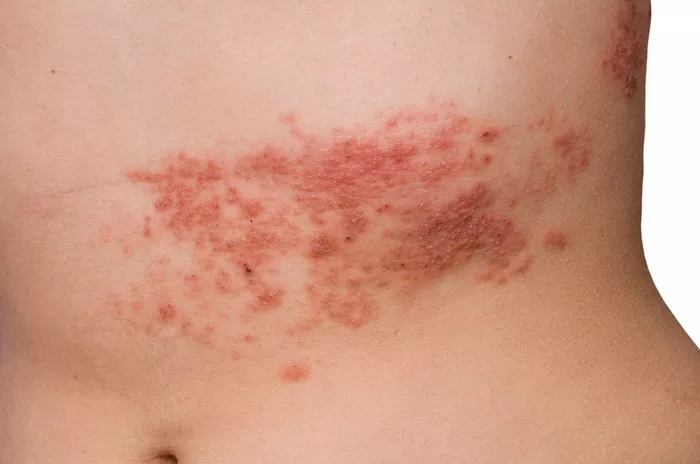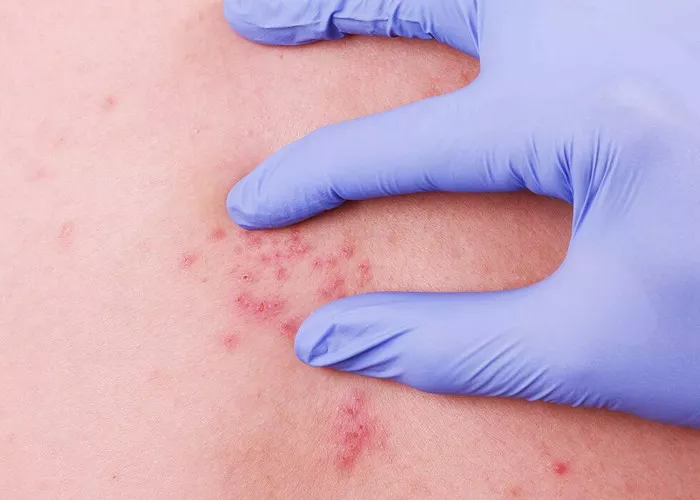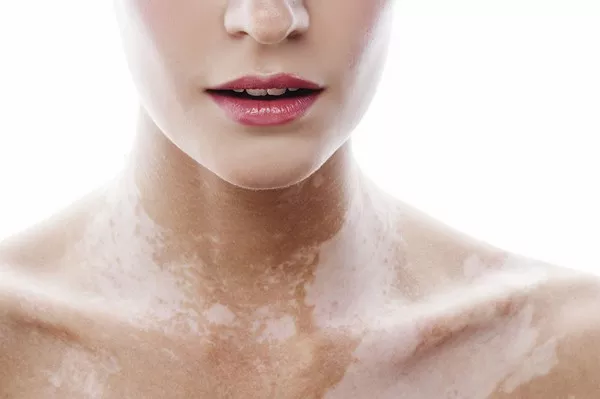Shingles is a painful and often uncomfortable condition that can affect adults of any age, though it is more common as people get older. The condition, which is caused by the reactivation of the chickenpox virus (varicella-zoster), can occur anywhere on the body, but it typically has specific areas where it tends to appear. Understanding where shingles can appear, along with other key details about the condition, can help in recognizing symptoms early and seeking proper treatment.
What Is Shingles?
Shingles, also known as herpes zoster, is a viral infection that occurs when the dormant varicella-zoster virus, which causes chickenpox, reactivates in the body. After a person recovers from chickenpox, the virus lies dormant in the nerves, particularly in the spinal cord and brain. Later in life, typically when the immune system is weakened, the virus can reactivate and travel along nerve pathways to the skin, resulting in a painful rash.
Where Does Shingles Appear?
The rash caused by shingles typically appears on one side of the body in a specific pattern. However, shingles can occur in different areas depending on which nerves are affected. The virus follows the pathway of nerves, so the rash usually appears along one of the nerve lines. Below are the most common places where shingles can appear in adults.
1. Trunk (Chest and Abdomen)
The most common area for shingles to appear is along the trunk, particularly on the chest and abdomen. This area is where the virus most frequently travels after reactivating. The rash often forms as a band or strip on one side of the body, from the back to the front of the chest or abdomen. This distribution typically follows the path of a nerve that runs from the spine to the skin.
The rash usually starts with tingling or itching and then progresses to red patches and fluid-filled blisters. In severe cases, shingles can affect the nerves deeply, causing long-term pain, a condition known as postherpetic neuralgia.
2. Face and Eyes
Shingles can also appear on the face, including the forehead, eyes, and the area around the nose. This form of shingles is called “ophthalmic shingles” and is more serious because it can affect the eye. The virus can lead to vision problems if the eye itself becomes infected, which is why it’s crucial to seek medical attention right away if the rash affects the face or eyes.
The forehead and around the eyes are served by the ophthalmic nerve, one of the three main branches of the trigeminal nerve that supplies sensation to the face. When the virus reactivates along this nerve, it can lead to painful sores, swelling, and possible complications such as vision loss.
3. Neck
The neck is another common area for shingles to occur, especially in older adults or those with weakened immune systems. The shingles rash may develop along the neck and upper back, following the nerve pathways in that region. Neck shingles often cause pain, tingling, and discomfort before the rash appears. It’s important to note that shingles on the neck can also be accompanied by severe headaches and sensitivity to light.
4. Scalp
Shingles can affect the scalp, though it is less common than shingles on the chest, abdomen, or face. The rash may appear as small blisters along the scalp or behind the ears. Scalp shingles can be particularly painful because the skin on the scalp is sensitive, and the rash can be difficult to notice until it has progressed.
People with shingles on the scalp often experience hair loss in the affected area, and there may be a lingering sensation of pain or tenderness even after the rash has healed. As with shingles on the face, scalp shingles require prompt treatment to prevent complications, particularly to avoid damage to the nerves and hair follicles.
5. Lower Back and Hips
Shingles can also occur on the lower back and hips, typically in adults who are older or have compromised immune systems. The rash may appear along the spine and extend to one side of the abdomen or hip area. As with other areas, the rash will often begin with burning or tingling sensations, followed by the appearance of red patches and blisters.
Shingles on the lower back can be quite painful, especially if it affects the lumbar nerve roots. The pain can radiate into the hips, buttocks, and legs, causing discomfort and difficulty moving. In severe cases, the pain can linger for months after the rash has healed.
6. Genital Area
Although not as common, shingles can also affect the genital area. This is known as “genital herpes zoster” and occurs when the virus affects the nerves in the pelvis. The rash may appear around the genitals, buttocks, and thighs. Genital shingles can cause itching, pain, and discomfort, and in some cases, it may be mistaken for a sexually transmitted infection, particularly herpes simplex.
Because shingles in the genital area can be painful and may be associated with other symptoms, it is important to see a doctor for diagnosis and treatment. Genital shingles can lead to complications, particularly if the virus affects the urinary or reproductive systems.
7. Arms and Legs
Shingles can appear on the arms and legs, though it is less common than the areas mentioned above. When the rash affects the limbs, it typically follows the path of a nerve that runs from the spine to the arms or legs. The rash can cause redness, pain, and itching, and it is often accompanied by fatigue and fever. If the virus reactivates along the nerves that serve the arms or legs, the affected areas may experience weakness or numbness as well.
Shingles on the arms or legs can make it difficult to move or perform everyday activities. Like shingles in other areas, it may cause lasting pain, especially in older adults. Treatment can help control the pain and prevent complications.
8. Rare Areas
In rare cases, shingles can appear in less typical areas of the body, such as the hands, feet, or the inside of the mouth. Although these occurrences are not as frequent, shingles in these locations can still be highly painful and lead to complications if not treated promptly. Shingles inside the mouth can cause sores on the tongue, gums, and the roof of the mouth, making eating and swallowing difficult.
Shingles on the hands or feet can be especially problematic due to the high number of nerve endings in these areas. When the rash occurs here, it may cause significant pain and discomfort, making it harder for a person to walk or use their hands.
What Are the Symptoms?
Shingles starts with mild symptoms that can include fever, chills, headache, and upset stomach. As the virus begins to reactivate, pain, itching, or tingling may be felt in the area where the rash will appear. This is often followed by the appearance of red patches or bumps, which eventually develop into fluid-filled blisters. Over time, the blisters dry up and scab over, and the pain begins to subside.
However, shingles can cause lasting complications, including postherpetic neuralgia, a condition that results in severe, chronic pain in the areas where the rash appeared, even after the rash has healed.
Who Is at Risk?
Certain groups of people are more at risk of developing shingles, including:
- Older adults, especially those over 50
- People with weakened immune systems, such as those with HIV/AIDS, cancer, or those on immunosuppressive drugs
- Individuals who have had chickenpox in the past, as they carry the virus in their system
- People who have not been vaccinated against shingles (the shingles vaccine can help reduce the risk of developing the condition)
Treatment and Prevention
There is no cure for shingles, but antiviral medications can help reduce the severity of symptoms and speed up recovery. Pain relief can be managed with over-the-counter pain relievers or prescription medications, depending on the severity of the pain. In some cases, a doctor may recommend corticosteroid creams or other treatments to reduce inflammation.
Vaccination is the best way to prevent shingles. The shingles vaccine is recommended for adults over the age of 50, even if they have had shingles before. The vaccine can reduce the risk of developing shingles and, if shingles does occur, it can reduce the severity and duration of the illness.
Conclusion
Shingles can appear on many parts of the body, including the trunk, face, neck, eyes, and genitals. While the condition is more common in older adults, it can affect anyone with a weakened immune system. Recognizing the symptoms early and seeking prompt treatment can help reduce pain and prevent complications. If you suspect you have shingles, it’s important to consult a healthcare provider for diagnosis and treatment.
Related topics:


























